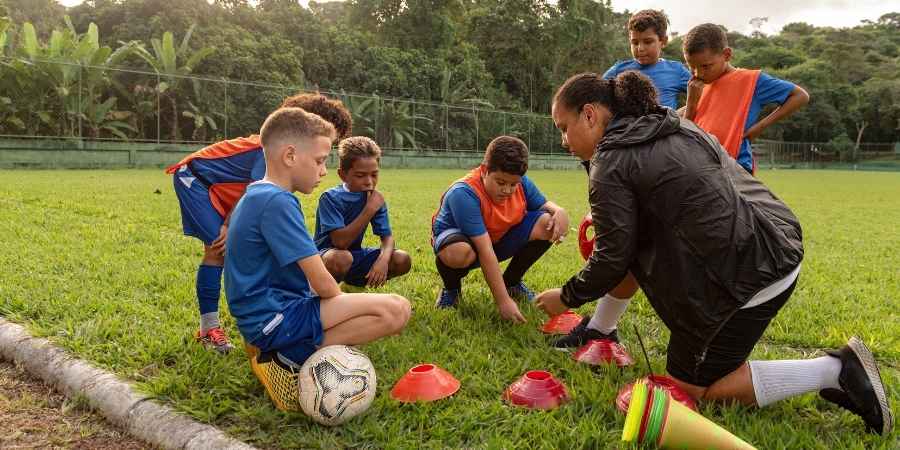For decades, schools have separated academics from athletics — books in one building, practice fields in another. But real leadership isn’t built in isolation. It grows in the spaces where learning and sports overlap.
When students are encouraged to balance both, they don’t just earn grades or win games — they develop confidence, resilience, and communication skills that last far beyond graduation. It’s not about choosing brains or brawn. The magic happens when both work together.
According to a 2022 report by the Aspen Institute’s Project Play, students who participate in sports are 8% more likely to be engaged in school and 9% more likely to aspire to attend college than their non-athlete peers. That’s not a small boost — that’s a head start in life.
Sports Teach What Classrooms Can’t
In classrooms, students master math equations and writing skills. On the field or court, they master pressure, teamwork, and failure. Those lessons are just as essential — especially for leadership.
Here’s what sports uniquely teach:
- Accountability – You either show up and deliver, or let the team down
- Resilience – Losses, injuries, and setbacks demand a bounce-back mindset
- Discipline – Practice schedules teach time management and consistency
- Adaptability – Real-time decisions during games sharpen problem-solving
- Communication – Teammates rely on each other to stay aligned
These qualities don’t just help with winning games — they shape the kind of person who can lead a team, a project, or even a company in the future.
Balancing the Brain and the Body
Of course, athletic participation doesn’t mean letting academics slide. In fact, students who balance both often develop sharper focus and better time management skills. But it’s not always easy — especially when coursework gets tough or the season gets intense.
That’s why many families turn to extra academic support, like the best online tutoring, to keep students on track. Online tutoring provides flexibility for student-athletes to learn at their own pace — even during travel or practice-heavy weeks — without falling behind.
The goal isn’t perfection. It’s balance. And support systems like tutoring, coaching, and mentoring help students keep both sides of their growth in motion.
Why Confidence Is the Real MVP
The most confident leaders aren’t the loudest in the room — they’re the ones who know who they are and trust themselves in tough moments. Sports and education build that trust.
Think about a student who delivers a class presentation after winning a close basketball game. Or one who fails a math test, learns from it, and nails it the next time — just like bouncing back after striking out in a game. These aren’t just school stories. They’re leadership training grounds.
Even small symbols of recognition — like a name on a baseball jersey — help reinforce identity and self-worth. When students see their names or numbers out there, they start to believe: I belong here. I’m part of something bigger. I can lead.
Creating Future Leaders Starts Now
So how do schools and parents support this dual development?
It starts by:
- Valuing athletics and academics equally, not as competing priorities
- Encouraging time management skills instead of cramming or burnout
- Normalizing tutoring, coaching, and mentorship as support systems
- Creating opportunities for student leadership, on and off the field
- Celebrating effort, improvement, and teamwork, not just wins or scores
These habits create students who don’t just succeed now — they thrive later. They become the ones who raise their hands in meetings, start new projects, and lift others as they lead.
Final Thought
Great leaders aren’t born — they’re built. And some of the best are shaped not just by textbooks, but by playbooks. When education and sports work together, students learn more than facts and fitness. They learn who they are, what they’re capable of, and how to bring others with them.
That’s the kind of leadership the world needs — and it starts long before adulthood.



